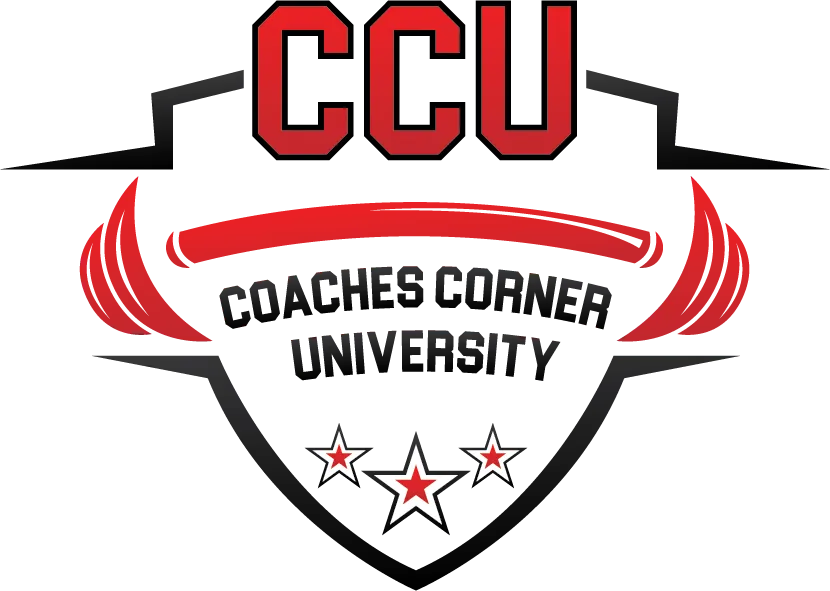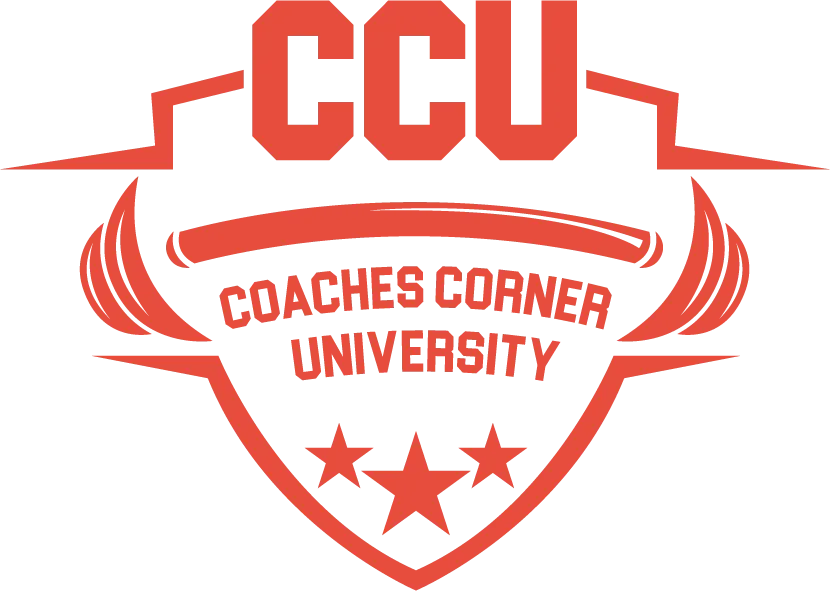Discover The Latest Blogs
Stay updated with Our Informative Blog Posts

Your Loom Video Is Costing You Clients: Why Connection Beats Efficiency Every Time
Your Loom Video Is Costing You Clients: Why Connection Beats Efficiency Every Time
I used to think I was saving time.
Every onboarding, I'd record a detailed Loom video—20 minutes walking through the program, explaining everything. Send it off. Done. Efficient, right?
Wrong.
Three days later, I'd be fielding questions I'd already answered. Or worse—a client who's been struggling for weeks suddenly explodes with frustration over something we could have solved in five minutes on a call.
Here is the mistake I was making… and many of you are making:In your pursuit of efficiency, you're sacrificing the only thing that actually retains clients—connection.
The Real Problem Most Coaches Don't See
I had a consultation last week with a coach running a high-volume online business. Great systems. Growing fast. But constant issues:
Clients not adhering to plans
Misunderstandings escalating into conflicts
People ghosting after expressing concerns
Constantly putting out fires
Here's what I told him: You can't avoid conflict. You can only mitigate it . Just like injury prevention—you're managing risk, not eliminating it.
But the frequency of conflict isn't just about your brand or content. It's about how connected your clients feel to you and your process.
The Ace Card You're Not Using
Let me be direct: Your call is your ace card in any coaching situation.
Client struggling with adherence? Call. Misunderstanding about the plan? Call. Signs of discontent? Call. Want to cancel? Exit interview call.
I don't care how busy you are. The 20 minutes you spend on a call will save you hours of messaging and prevent the erosion of trust that comes from handling complex human emotions through text.
Real example: This coach had a client building resentment for weeks over perceived goal misalignment. It exploded via message. Multiple emails. Mental energy drained. Client relationship destroyed.
One 20-minute call at the first sign of friction would have solved everything.
Why Your Loom Video Doesn't Save Time
Here's what coaches get wrong: A Loom video doesn't actually save you time.
You spend 20 minutes recording it. The client half-watches it. Then they spend the next week asking questions you already answered because they weren't engaged. You spend another 20+ minutes in back-and-forth messages.
A 40-minute onboarding call solves all of this. You get buy-in. You handle objections in real-time. You build a relationship. You set expectations together, not at them.
Our Onboarding Framework
When someone clicks "purchase," they're feeling:
Buyer's remorse
Fear that they made the wrong decision
Anxiety about whether they can do this
Your job in the first 72 hours is to combat all of those feelings through connection.
Our structure:
Day 1: Redirect to a landing page with a video from their coach (stock video works—just personal). Plus a video DM in the app. Immediate human connection.
Days 2-4: Daily videos covering platform usage, coaching philosophy, and communication. Bite-sized. Building anticipation for the real conversation.
Included: Coach-athlete relationship form—nine questions that change everything:
How can I best support you?
What would constitute poor coaching on my part?
How should I communicate when you fall behind?
How should I communicate when you succeed?
Day 5-7:The onboarding call where you discuss the plan, address concerns, and build the relationship foundation.
Multiple video touch points make clients feel cared for professionally. The call makes them feel understood personally.
The Framework: Empathy → Validation → Relatability
When a client says, "I'm too busy to track my food," most coaches think, "I have clients who are way busier than you and get it done."
Don't say that.
Instead:
Empathy: "I understand you're busy. Let's talk about what's actually going on."
Validation: "Your challenges are real. Let's figure out where the friction is."
Relatability: Understand their hardest thing is their anchor point. Help them build capacity.
Then coach them to a solution they can implement. Maybe it's not tracking. Maybe it's just protein focus and training for now.
Coach the client, not the program.
The Metrics That Actually Matter
Here's a question I ask coaches: How many of your clients would invite you to their wedding?
I get invited to a wedding every other month.
That's not bragging—that's a KPI for connection. If your clients see you as someone who just sends workouts and macros, you've commoditized yourself. They'll leave for cheaper or more convenient.
But if they see you as a mentor who genuinely cares about them as a person? They'll stick through plateaus, challenges, and even when results slow down.
What This Looks Like In Practice
Our coaches know: At any sign of conflict or discontent, hop on a call. Automatic.
We keep calls to 20 minutes. That sets a precedent and prevents scope creep.
We offer one call each month as needed. Additional calls at the coach's discretion.
We don't ask permission. We say, "Let's hop on a call tomorrow at 2 PM."
Result: Problems that would take days of messages get solved in 20 minutes. Clients considering cancelling re-commit. Relationships deepen instead of fracturing.
The Hard Truth About Scaling
"Paul, I have too many clients for this. I need efficiency."
Here's the harder truth: If you're avoiding calls because you have too many clients, you don't have a scaling problem. You have a connection problem that's creating a retention problem.
Your business isn't built on how many people you can cram into your roster. It's built on how many people you can genuinely help and keep happy. Those are your testimonials. Your referrals. The business that sustains itself.
I've architectured my business where connection is the moat. Where the relationship is so strong that price becomes irrelevant.
That doesn't happen through Loom videos.
The Bottom Line
We've built this industry on infinite automation. Create the program. Record the Loom. Send the template. Collect payment.
But that's not coaching. That's selling a product.
Coaching is showing up for the human being who trusted you with their transformation. It's connecting deeply enough that they'll tell you what's really going on.
The coaches who figure this out don't just build businesses. They build movements.
If you're ready to stop trading time for money and start building a business that scales through genuine connection and systematic excellence, that's what we teach inside Coaches Corner University.
The bar you set for yourself as a coach determines the bar your clients will reach. Most coaches set it at "efficient" when they should set it at "exceptional."
Keep Raising the Bar,
Paul Oneid MS, MS, CSCS

Coaches Corner PhD




